The continuous innovation and technology upgradation of solar cells hold significant promise for addressing energy challenges and transformation toward a more sustainable future. In the last 15 years research and development in silicon solar cell technology led to an increase in cell efficiency and reduction in manufacturing cost. At Websol, our R&D team is continuously working to increase cell efficiency through process improvement and use of advanced raw materials since 1994. We associate with world-leading research institutes to increase cell efficiency, enhance product reliability, and decrease manufacturing costs through developing new technology for thinner silicon wafers and reduced raw materials consumption. Websol starts manufacturing mono PERC solar cells with above 22.5% efficiency and Modules with above 21.5% efficiency at Falta plant .
PERC stand for Passivated Emitter and Rear Cell or Passivated Emitter and Rear Contact.
The efficiency of photovoltaic solar cells depend upon, type of material, temperature, light intensity , light spectrum, percentage of reflection ,material refractive index and anti-reflective coating and nature of chemical treatment .
Until 2021, the main market was for multicrystalline solar PV panels where maximum cell efficiencies of 18.8 to 19% achieved . As technology advances to higher efficiencies, there is a complete shift from multicrystalline silicon to monocrystalline silicon where cell efficiencies can reach 23% and above. As a result Websol shifted from multicrystalline technology to monocrystalline technology for processing higher efficiency cells.
Along with the technology change there has been a shift in wafer size from 157x157mm to 166x166mm and then to 182x182mm and 210x210mm. Such drastic change in wafer size would require a complete new set of machines both for solar cell and module assembly lines. This larger format wafers helps in bringing down drastically the final cost of production from economies of scale and thus be able to offset the higher raw material cost in case of newer technologies compared to the present multicrystalline technology. Websol is taking steps to migrate to advanced technologies with monocrystalline as well as larger format wafers.

PERC solar cells are made from Gallium-doped silicon wafers , effectively mitigate light-induced degradation compared to normal cells. The average Gallium-doped efficiency is 0.09% higher than the boron-doped cells. These cells efficiency are 22.5% plus and give higher return on investment (ROI)
Solar cell efficiency decrease with increase in temperature, the temperature coefficient of PERC module is -0.35% / C .
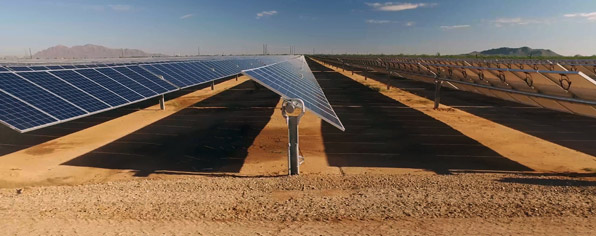
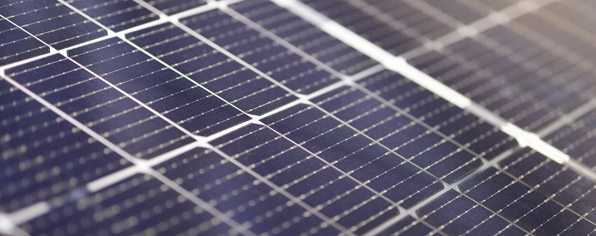
10 busbars in G10 and 12 busbars in G12 deliver high power through better light trapping, lower series resistance and improve current collection, increases the efficiency and output of the PV module, and provides lower risk of micro cracks, better resistance to hot spots .
G12 Mono PERC cell technology generate more current , since current is a function of surface area and achieving lower LCOE for Utility scale solar plant , reduced BOS cost , shorter payback time compare to regular solar cell . Websol has expertise and competency to integrate equipment and technology of G12 Mono PERC cell and achieve 22.5% cell efficiency.

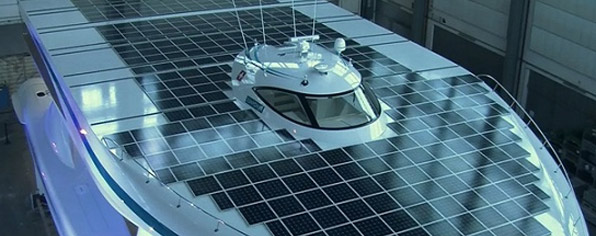
Gallium doped LeTID /LID resistance wafers used in PERC cells to increase module power. High efficiency modules result to Lower balance of system cost (BOS), lower the levelized cost of electricity (LCOE), receive a great return on investment (ROI), long-term reliable energy generation, and savings in C&I and Utility scale Solar PV power plants .
Converting both direct and reflected light into electricity, bifacial PV Modules ( glass-glass , glass –transparent backsheet ) generate as much as 30% more energy than a comparable monofacial PV system depend on albedo and structure ( height , spacing and title angle ) , due to bifaciality , module capture more photons, produce more energy .
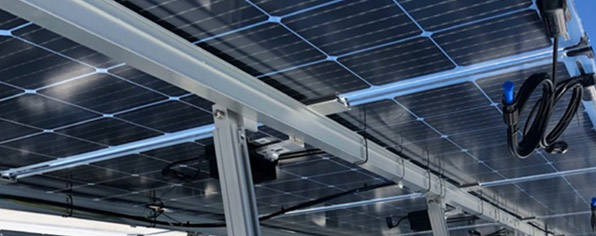
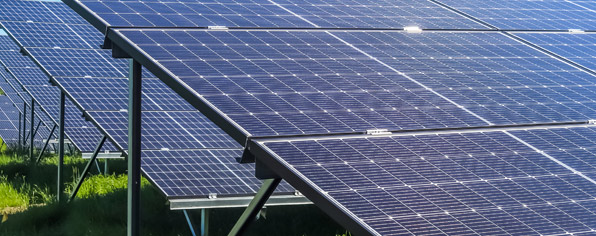
Multi-busbars can shorten the current collection path and thereby reduce the cell internal resistance, which contributes increase in the power output .The MBB design mitigate the performance loss caused by blocked electrical pathways in case of cell microcracks and finger electrode erosion due to external factors.
Half cut solar cells increase PV Module efficiency, reduce resistive losses, and provide higher shade tolerance, more resistant to micro cracks and hot spot damage. Temperature coefficient of half-cell module is lower than full-cell module so half-cell module generates more power in hot areas.
Non-destructive cutting and automation in half –cells Module manufacturing, minimize micro-cracks and increase module efficiency.
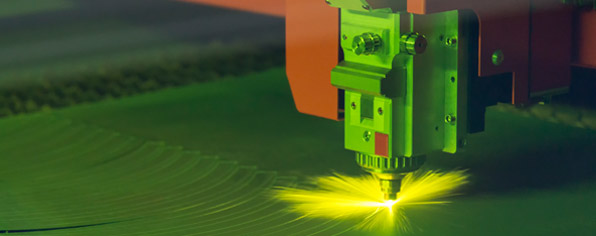

Our all Modules are fully certified and tested by independent third party like TUV Rheinland and BIS according to global and domestic industry performance and safety standards .These certifications ensure consistence performance and reliability of our modules .
12 years Product warranty and 25years performance warranty


100% visual electroluminescence inspection , Selection and Strict quality control of raw material , process control in manufacturing ,adopting advance automation technology ,Integration of ERP system, with manufacturing data management and customer-related processes, increase productivity and offers a cost-effective solution to customers.